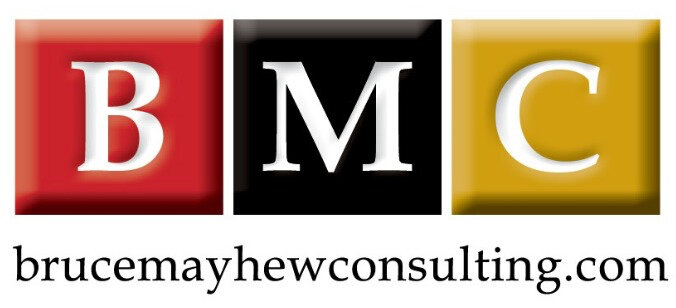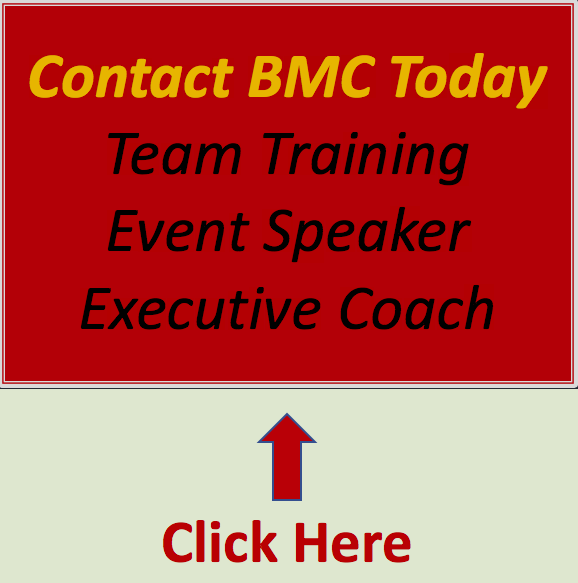10 Tips to Lead Your Team Through Change
/Leading teams is a wonderful, rewarding challenge. And while most of us would not want to spend our whole career in the middle of change, leading teams through change is often even more of a rewarding challenge.
So, what does leading your team through change mean? Whether it is change for only one product line or change for the whole company, there are many special places leaders need to pay attention to support change. Where should a leader / leadership team begin you ask? Here are 10 steps.
Create a plan starting with research. Speak with your stakeholders and listen to their objectives and concerns. From there define your goal. What internal talent and external talent will be involved? How do you keep people engaged who are not directly involved in the change initiative, but who you need to be supportive? Where will the biggest challenges be and how can you prepare to face them head on and minimize their impact.
Understand the end goal. It's critical to understand the end goal and objectives before starting out. This includes what is the evidence to support the goal?
Anticipate a need for flexibility. No plan is perfect, and no market is stable. Things like opportunity, technology and manpower change every day. What is your plan to keep yourself and your team in an adaptable and flexible mindset?
Share the plan with everyone and communicate it clearly. Leaders need to support their plan in context to every conversation they have, every meeting and every business decision. In addition, be prepared to discuss the intrinsic value of change for everyone involved – from the company all the way through to employees, suppliers and customers. Don’t make it only about costs and revenue (extrinsic value). People have to feel proud of what and why their world is changing.
Remember your people are people – this goes for employees, customers and suppliers. Be prepared for them to ask questions and encourage them to share their concerns. Demonstrate your commitment to them and the process. Also, recognize great work from both the people who are directly involved in the change initiative as well as those who are holding down the fort (as my dad would say), and making sure everything else is working as it should.
Identify champions and support those people who are respected / looked up to and great networkers. These people are likely naturally positive (glass-half-full) and patient. Your champions should be able to clearly articulate the values of the company and the value of the change initiative.
Delegate tasks. Everyone has to feel they are an important part of the team - it should not be something that only a ‘special few’ ever participate in or take credit for. Even the people whose work may not be changing have to see that their stability provides a foundation for the change initiative to happen.
Set stable, realistic objectives. This and the next step go hand-in-hand and are important for leaders to do whether they are working on a change initiative or not. To be a great leader one has to set stable, realistic objectives that everyone understands. Big-picture objectives become department objectives and then translate into individual objectives. Stable, realistic objectives allow everyone to ‘see’ how, when and why they are contributing.
Manage expectations. Stay connected with customers, suppliers and employees. Keep everyone informed. It’s good project management where everyone knows what is going on, and the same is true for change management. In addition, within a change environment leaders should expect conflicts will arise due to fear of status, a team members’ lack of clarification or perhaps fatigue from short-term longer than usual working hours. Whatever the reason leaders must expect this will happen and be prepared to have difficult conversations that will resolve conflict in a constructive and positive way.
Hold people accountable. If change is going to be successful leaders have to depend on their resources. In the case where an objective is slipping, don’t let it linger hoping it will self-correct. Get on it quickly. As with #3, anticipate flexibility. Perhaps someone’s assigned task can’t be completed as expected. That’s OK – they can still be held accountable for raising concern as soon as possible and working with the team to make necessary adjustments.
I believe communication is a leaders most important ability when it comes to change and change management. Being a motivating, inspiring leader who demonstrates you are proud of your team and committed to open and respectful communication will be your greatest ability… equalled only with planning thoroughly and staying flexible.
There is always going to be more that could be said about change management and leading change, but I believe these 10 tips to lead your team through change gives you a good grasp of the basics. Just be careful, don’t underestimate the value of planning ahead and preparing for change. That said, don’t paralyze your initiative by getting into the loop of over-planning. One thing you may want to explore is the benefits of both Agile Project Management as Traditional Project Management. Both may have some place within your change management plans.
One final note about why we need to embrace change. If we don’t accept that change is a constant we risk falling behind our competition and failing to meet our clients’ needs. We also risk losing important talent if they:
a) Don’t feel supported and kept in-the-loop or
b) Feel their abilities and experience are falling behind their peers because change is being ignored.
Best to embrace the challenge, the hard work and the benefits change brings us. Thanks for reading.
Bruce
About Bruce and Bruce Mayhew Consulting.
Bruce is Corporate Trainer and Executive Coach.
As a Corporate Trainer Bruce Mayhew (of BMC) specialize in customized Time Management Training, Email Etiquette Training, Leadership & New Leadership Development, Generational Differences and other soft skills training solutions in Toronto and across Canada. Bruce is also an Executive Coach to a few select clients.
BMC helps your greatest assets think productive and be productive.
Bruce is an experienced motivational speaker in Toronto and has inspired audiences across Canada and within the USA and the UK. Bruce works hard to always make sure your training event, conference, retreat, or annual general meeting is a success.




